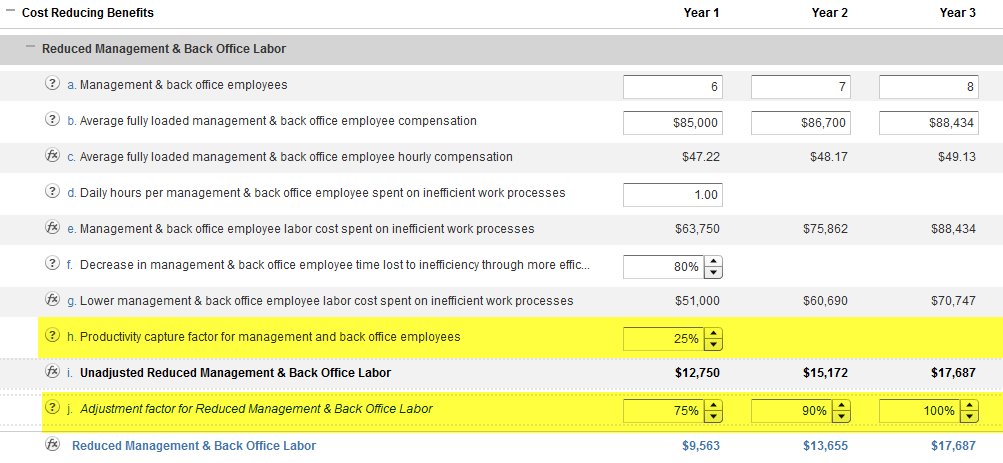Depending on where the prospect is in the buying process, there are different tools or calculators to help you with your value-based selling approach.
In the earliest stages of the sales cycle, you want to establish the prospect’s pain and how much that problem is costing them. This will help set you up for a conversation about how much your offering can help. A value calculator helps you show how much money the prospect is leaving on the table each month, or how much they’re spending that’s unnecessary. This helps you establish the “value” of solving the problem. (Here’s a good example of a value calculator.)









